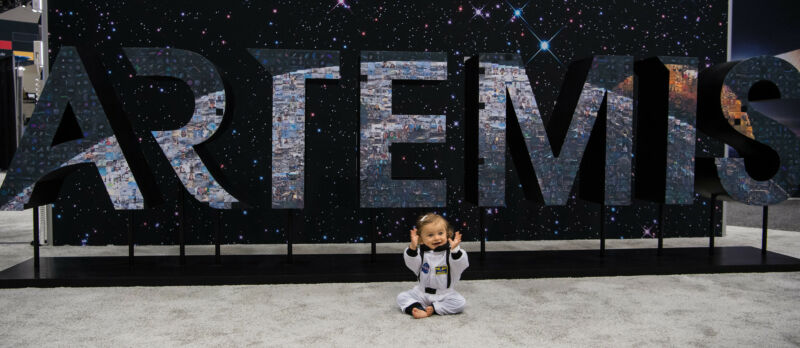A 2024 Moon landing may sound crazy, but NASA is giving its best shot

Enlarge / Will this toddler be a pre-teen, teenager, or an adult before humans go back to the Moon? (credit: NASA)
Jim Bridenstine really wanted to become NASA's administrator. As a pilot and congressman from Oklahoma, he sought out opportunities to influence space policy and met with experts whenever he had a chance to do so. He was the rare congressman who engaged in space policy not because he had a NASA facility in his state, but because he had genuine interest.
After President Trump nominated Bridenstine for the administrator position in September 2017, Bridenstine had a long wait. There were fears the conservative Republican would prove an overtly political chief of NASA, driving the space agency hard to the right. The US Senate finally approved Bridenstine's nomination in April 2018, with a party-line vote. Over the next year Bridenstine showed himself to be a leader for all of NASA. He eschewed partisanship for inclusiveness. He genuinely sought to push NASA forward.
But then, at the end of March 2019, Bridenstine was handed an almost insurmountable task. During a speech at Marshall Space Flight Center in Alabama, Vice President Pence instructed NASA to land humans on the Moon by the end of 2024. "I call on NASA to adopt new policies and embrace a new mindset," Pence said. "If our current contractors can't meet this objective, then we'll find ones that will."
Read 20 remaining paragraphs | Comments